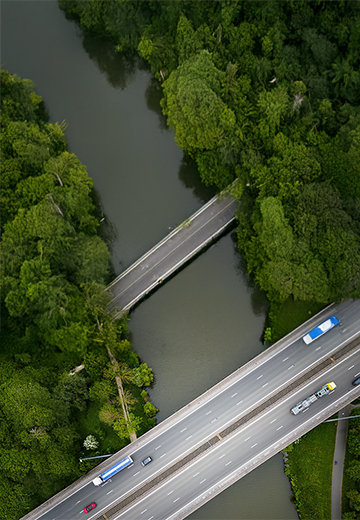Not a traditional public-private partnership (PPP)
Whereas a ‘classic’ PPP project around similar infrastructure often works with a predefined object and elaborate reference designs, MOW chose a different path in this project. ‘In a previous PPP project to raise bridges over the Albert Canal, for example, we had one reference design that could be used for each bridge’, says Yanis. ‘In this case, this was impossible given the speed of the project and the huge variation in type, location, and size of the bridges.’
The solution? An innovative structure within a framework agreement combined with a two-stage approach. Instead of directly entering into DBFM (Design, Build, Finance, Maintain) contracts, MOW works with other parties from the beginning in a construction team form. DBFM contracts are only concluded on a bridge-by-bridge basis once the design, price, and all other preconditions for a specific bridge are fixed and funding has been raised.
‘We wanted to involve all the contractors’ technical knowledge in the process as early as possible’, explains Yanis. ‘After all, they know best how to build a bridge efficiently – in terms of time, cost, method, and materials. By combining their expertise with that of our own study firms, we strengthen the whole project.’

